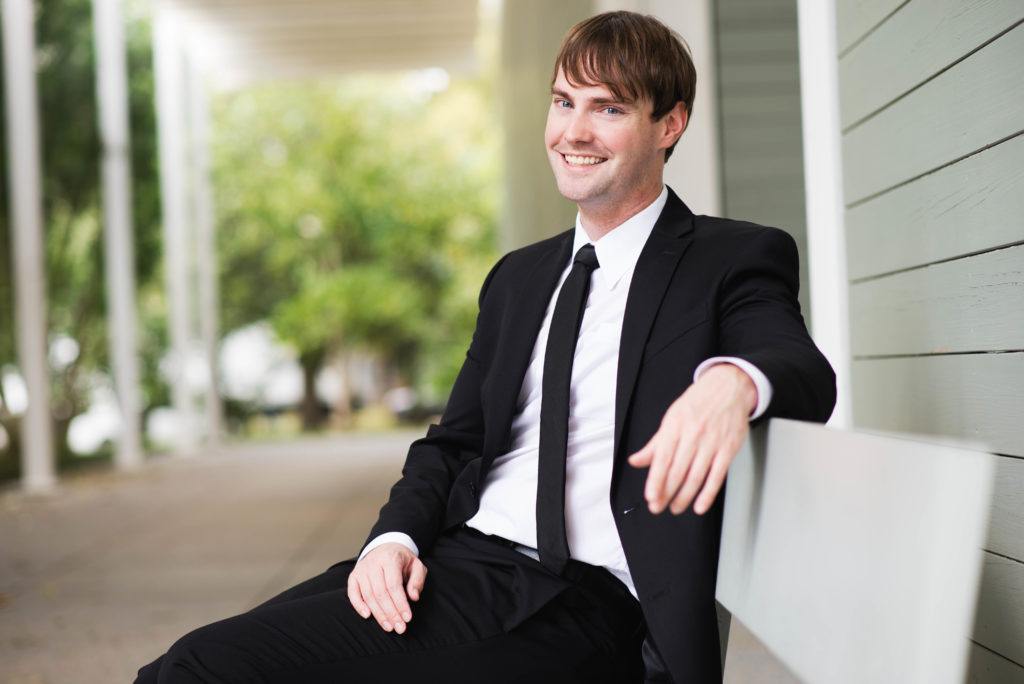About My Teaching
Finding the Other Side
Every beginning violinist starts on the floor. We sit around the violin and try to make a beautiful sound with the bow while the violin remains stationary on the floor. We discover what happens when the bow touches the string, the combination of pressure, speed, surface area that results in everything between an ugly scratchy crunch or a beautiful, even tone. We build technique around the student’s motivation and learning style from this basic concept: creating a pleasing sound. Each student receives the same opportunities and insights from my instruction but they alone are responsible for driving their progress. For my younger students, I encourage their parents to sit in on their lessons and understand the concepts we are covering. Much of what a beginner violinist has to learn can be helped by a parent with no previous training. As they mature, they take over the pace of their lessons. As a teacher, I discover what drives them and use that to challenge them to become the best violinist they can be.
 The work of being an artist forces you to find and embrace your other half. Much of the wisdom of my “Violin Dad”, Daniel Ching, can be summed up with the simple, infuriating question, “What if the opposite is also true?” We struggle with this at every moment of violin playing: we literally move the two sides of our bodies in contradictory motions. It’s always a learning curve for me as a teacher to get the opportunity to work with a left-handed student. While helping them grip their bow with their non-dominant hand, they often wonder why they have to hold their violins like the rest of the right-handed proletariat. No answer I give them satisfies.
The work of being an artist forces you to find and embrace your other half. Much of the wisdom of my “Violin Dad”, Daniel Ching, can be summed up with the simple, infuriating question, “What if the opposite is also true?” We struggle with this at every moment of violin playing: we literally move the two sides of our bodies in contradictory motions. It’s always a learning curve for me as a teacher to get the opportunity to work with a left-handed student. While helping them grip their bow with their non-dominant hand, they often wonder why they have to hold their violins like the rest of the right-handed proletariat. No answer I give them satisfies.
This other-hand struggle is ongoing and I have to guide my students through it over and over again, gently as possible. Every beginner violinist is an opportunity for me to practice compassion, patience and faith. I recognize the same job of pulling a bow evenly across the strings of a flat, stationary violin in my own daily work, even with more than two decades of a head start. I’m filled with understanding and encouragement at every moment of struggle, excited to offer support, constructive feedback and advice. I celebrate the weekly progress: the scale routines, the newly learned pieces and the polished recital performances. I’m ruthless about fundamentals with my advanced students and yet give them a wide leash for their own creative musical thoughts. My goal with every student I teach is to give them the opportunity to listen critically, resolve mistakes and express themselves deeply.
A by-product of this work is humility, the realization of your capacity and the ability to work beyond it. I believe that the first step in working toward a greater good as a society is through this type of radical self-acceptance, to find these dualities within ourselves and let them exist side by side, informing and illuminating the other’s existence. Let’s get started.